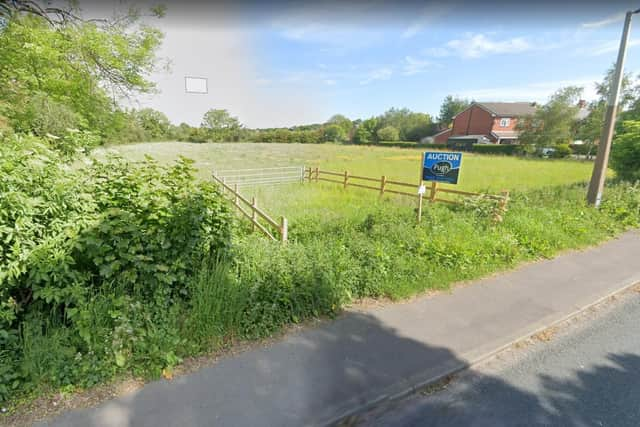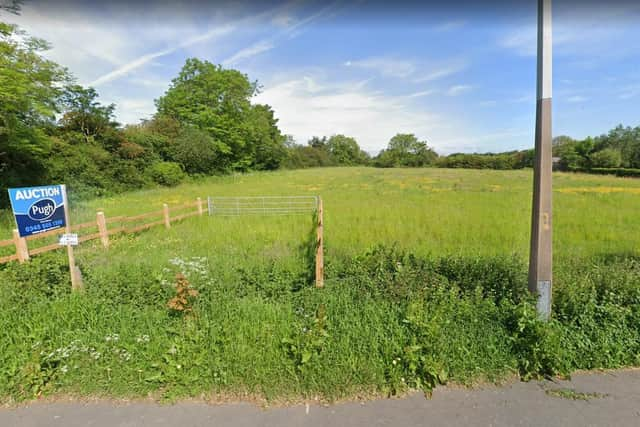Village near Preston could get 18,500 new trees to help capture carbon from atmosphere
and live on Freeview channel 276
Owners of the 10.7 acre plot off Chapel Lane, New Longton have submitted an application to "re-wild" the former farmer's fields with woodlands, an orchard, a willow coppice and hedgerows to help reduce the area's carbon footprint.
The family want to build a detached home at the front of the plot which they say will be "modest in size, low impact, carbon neutral and would not cause any material harm within the village."
Advertisement
Hide AdAdvertisement
Hide AdMuch of its energy would come from a ground source heat pump and ground-mounted solar panels and the house would use rainwater harvesting.


By planting 18,500 trees the owners hope to make the home a "carbon credit dwelling" in the long run.
In a statement to South Ribble' s planning department, the owners say their plan meets the council's pledge to make the borough carbon neutral by 2030. And it makes a "small contribution" to meeting local planting targets in the council's "Our Big Tree Plant" scheme.
"We fully support this pledge. As a family we are very committed to taking positive action right now and want to contribute by reducing our own carbon footprint by using the land we own in a sustainable and renewable manner.


Advertisement
Hide AdAdvertisement
Hide Ad"This proposal requests to build a carbon credit dwelling by linking the surrounding land into a sustainable plan.
"The aim is to offset the carbon footprint generated by the build in the short term and place the dwelling into carbon credit in the long term."
The tree planting scheme would involve 22 different species including oak, hornbeam, hazel, beech, lime, rowan, English yew and field maple. Apple, pear, damson, plum and cherry trees would make up the 700-tree orchard. Other parts of the site would have silver birch, holly, hawthorn, Scots pine and sweet chestnut.
"This is an exciting, innovative project," adds the statement. "Very few new developments have the potential to offset the carbon footprint of the building."
Advertisement
Hide AdAdvertisement
Hide AdIn a letter of support, landscape architect Chris Harrison says: "Using an approximate measurement of the area to be planted, a total amount of 14 - 128 tons of carbon will be captured by the woodland over its lifetime.
"The higher figure could be achieved between 10 and 45 years - the most effective stage of tree growth for carbon capture. The lower figure could be achieved up to 10 years and beyond 45 years.
"In addition to the potential carbon capture, the scheme would also contribute to air quality and improvements in health."
Comment Guidelines
National World encourages reader discussion on our stories. User feedback, insights and back-and-forth exchanges add a rich layer of context to reporting. Please review our Community Guidelines before commenting.
